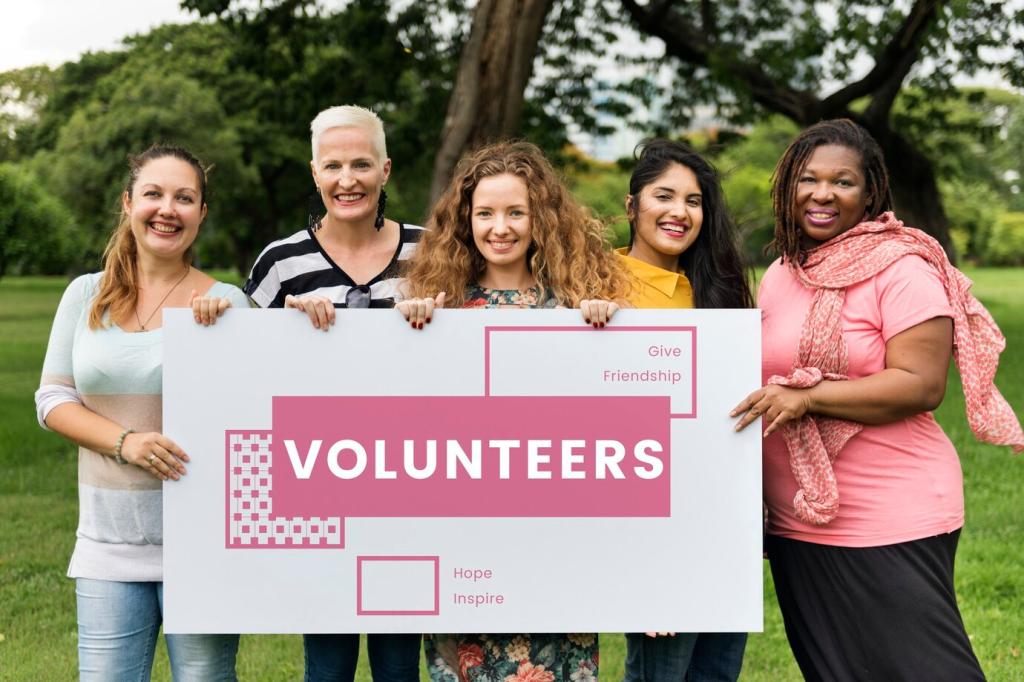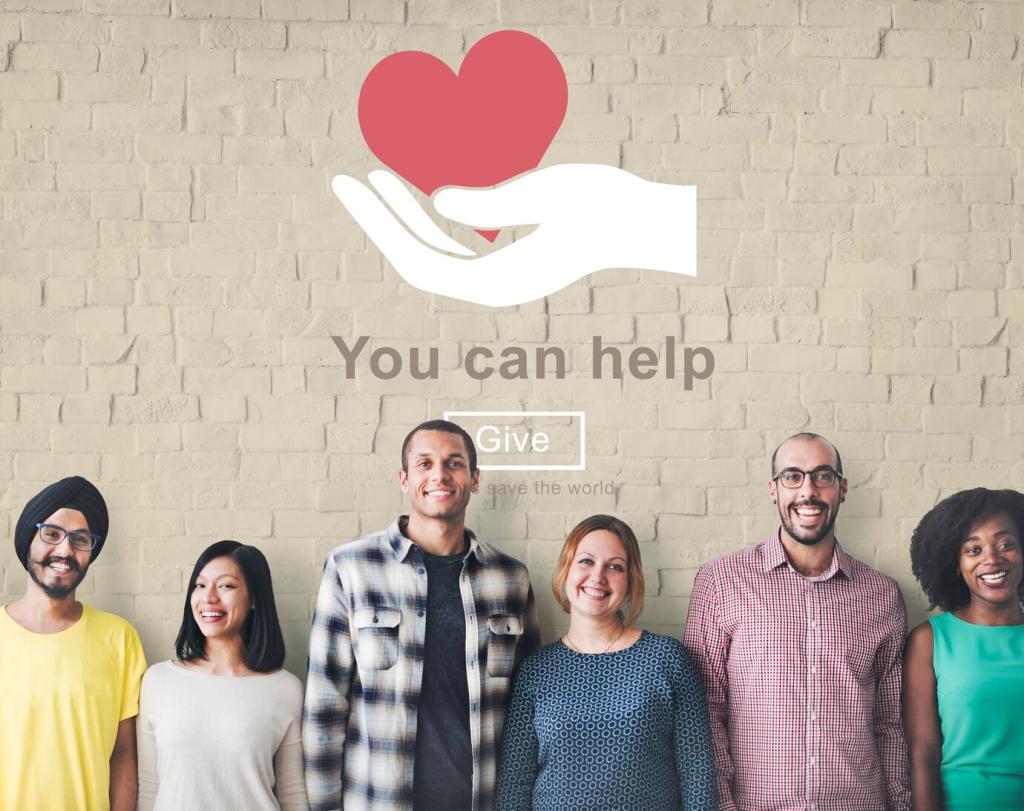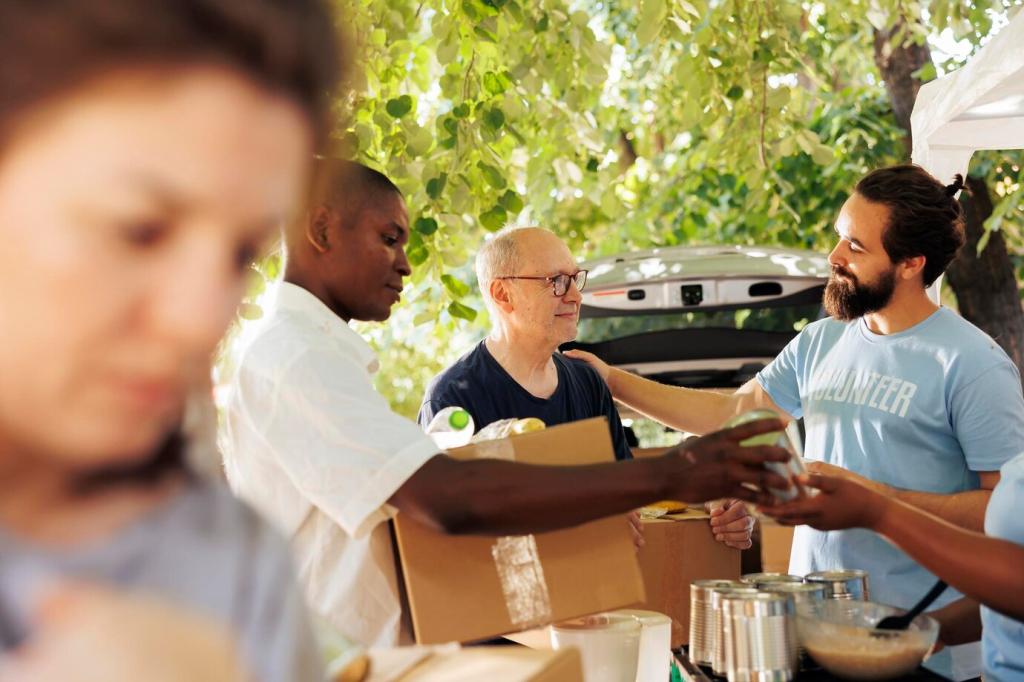Measuring Impact and Taking Action Together
Track school attendance, eviction filings, clinic wait times, and net incomes, not just abstract ratios. When indicators move together, policymakers and neighbors see progress they can feel in daily life.
Measuring Impact and Taking Action Together
Programs flourish when residents shape priorities, language, and delivery. Pay community advisors, test pilots, and publish feedback openly. Tell us what you would build first, and we’ll feature top ideas.










